Looking for the real Robert E. Howard in One Who Walked Alone
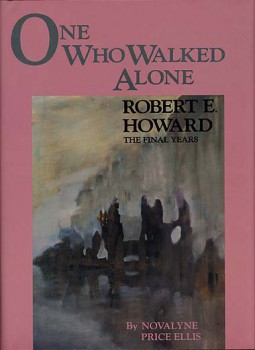 It couldn’t have been easy for Novalyne Price Ellis to write One Who Walked Alone: Robert E. Howard the Final Years (Donald M. Grant Publisher, Inc., 1986). Price Ellis’ memoir of her relationship with Howard (roughly 1934-36) is illuminating in its raw honesty. It’s also painful, at turns disappointing and downright frustrating. We might find escape in Howard’s sword and sorcery tales but there is none to be found here.
It couldn’t have been easy for Novalyne Price Ellis to write One Who Walked Alone: Robert E. Howard the Final Years (Donald M. Grant Publisher, Inc., 1986). Price Ellis’ memoir of her relationship with Howard (roughly 1934-36) is illuminating in its raw honesty. It’s also painful, at turns disappointing and downright frustrating. We might find escape in Howard’s sword and sorcery tales but there is none to be found here.
But above all, One Who Walked Alone is brave. Price Ellis never sacrifices accuracy to save face. Howard was a successful writer and a free spirit, and told wild, vivid stories, traits that Price Ellis found irresistible. But she was also painfully embarrassed with the Texan, unable to accept his occasionally odd public behavior. She was disappointed that he didn’t conform to her own conception of manliness and began to date other men, including one of his best friends, Truett Vinson, which cut Howard to the quick. While her reactions were understandable, at times I found her to be rather shallow and unlikeable. And yet rather than off-putting I find that uncompromising truthfulness highly admirable.

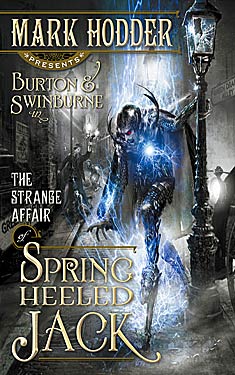

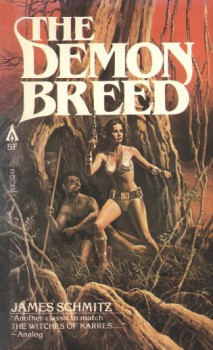
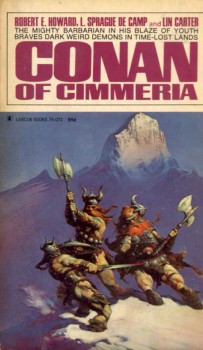
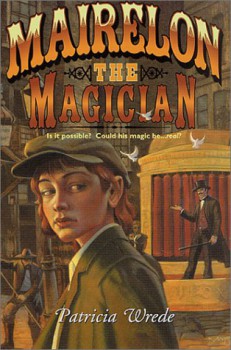
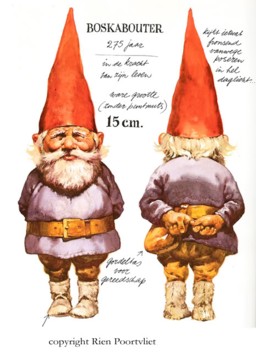 This morning on my walk to work, I spotted a man crossing a lawn. His arms were very full. Of garden gnomes.
This morning on my walk to work, I spotted a man crossing a lawn. His arms were very full. Of garden gnomes.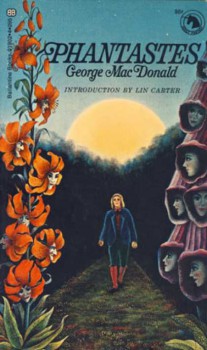 Warning: Some spoilers ahead
Warning: Some spoilers ahead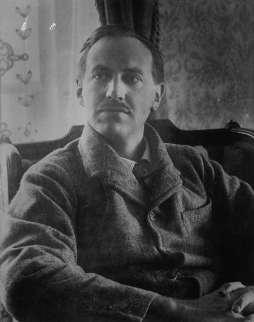 Lord Dunsany’s short story “The Fortress Unvanquishable, Save for Sacnoth” has been called the first sword-and-sorcery story ever written. That attribution has been
Lord Dunsany’s short story “The Fortress Unvanquishable, Save for Sacnoth” has been called the first sword-and-sorcery story ever written. That attribution has been